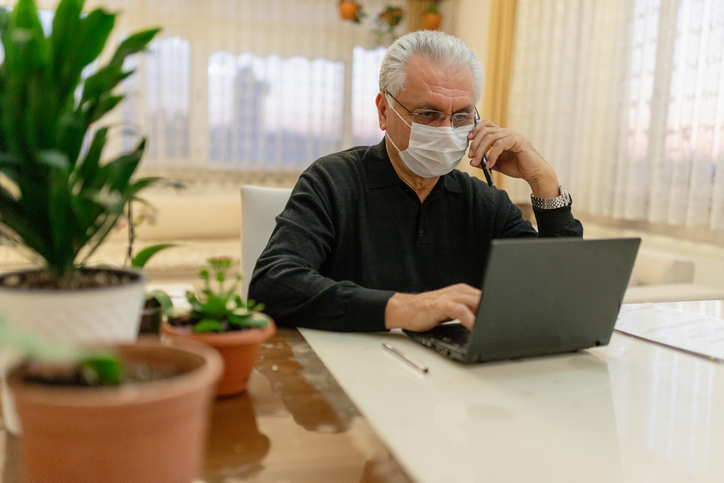Coronavirus: The ongoing impact for eCommerce – Part 1
Even people who don’t work within this industry are asking; What does the COVID-19 outbreak mean for eCommerce?
Last week, we saw Ocado temporarily suspend their site due to the surge in consumer demand for their service. Logistically, they just weren’t ready for the huge influx of orders. It goes without saying that the rise in consumers purchasing necessity items online has of course increased.
“People are gradually moving from offline shopping to online and the habit won’t disappear when the epidemic is over. This will have a very positive impact on the whole eCommerce industry.”
Zhong Zhenshan, Vice-president of emerging technology research at IDC.
Initial reports state that over the last 2 weeks, there have been a record number of supermarket apps downloaded on devices. But what does the global pandemic mean for eCommerce brands who don’t deal in health & pharma, or consumer packaged goods? From the research we’ve been carrying out over the last couple of weeks as events have unfolded, eCommerce businesses, regardless of sector, could be about to see a surge in online traffic and orders.
People who wouldn’t ordinarily shop online, such as the mature demographic, or those who prefer in-store experiences, have had their hand forced to do so. This means that the businesses currently seeing the surges in online traffic, need to ensure complete customer confidence with these new buyers. First impressions count.
For other eCommerce stores, now is the best time to prepare for the influx of these newly savvy online shoppers.
Research from Klaviyo suggests that a shift in buying patterns is now occurring. Online consumers are starting to make the move from purchasing essential items (i.e. groceries) to semi-essential items that make them more comfortable (i.e. home & living items, casual wear, and health & beauty). It is predicted that in the next couple of weeks, we will see non-essential eCommerce sales creep up again as consumers look to make purchases out of boredom or to find solace.
Alongside these predictions, based on early initial research, it’s also important to remember that this scenario has happened before. Alibaba and JD.com, both grew significantly through the SARS crisis in 2002 and 2003. As did Chinese cosmetics company, Lin Qingxuan. By moving all beauty advisors online (from the 40% of stores that closed down), they achieved 200% growth compared to the previous year.
Our advice to non-essential eCommerce brands at this point is to use this time to strategise and prepare for this predicted surge in traffic and orders. Most big digital projects started now will launch just before/at the peak of people returning to normal. This will be crucial considering that once this crisis has flatlined, there’s going to be an influx of those newly converted online shoppers ready to make purchases. It is also likely that these won’t be desktop based purchases, so now would be a good time to consider if your site is as mobile-responsive as it can be.
In the meantime, we know that Google Ads traffic has seen a drop over the last couple of weeks, but social media channels have seen an increase in clicks. So flex your marketing focus to accommodate for this trend to ensure your brand is getting the exposure right now.
We’ll be keeping you in the know over the coming weeks on any findings or initial research from our partners and clients, so keep your eyes peeled for updates.
